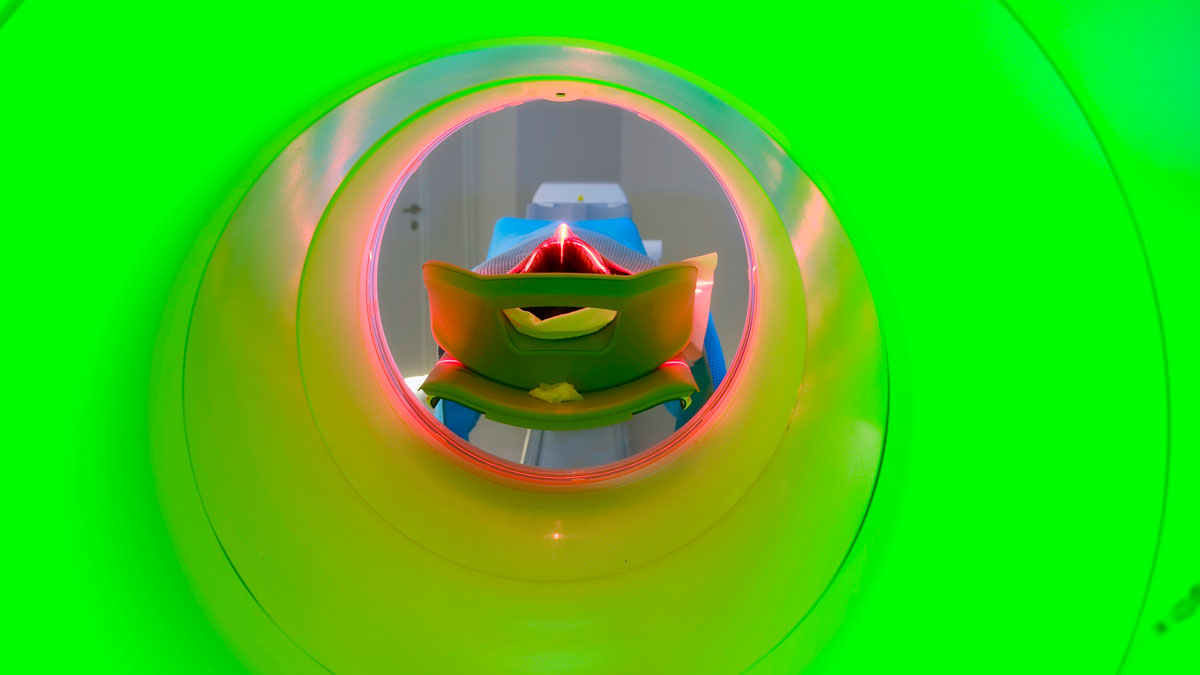
3 Entrepreneurs Who Made It Their Mission to Lower Health Care Costs
There is a healthcare crisis in the U.S. which cries out for breakthrough healthcare delivery innovations that aim at significant cost reductions and wider coverage. In 2016, the U.S. spent a staggering $3.2 trillion, or almost 18% of its GDP, on health care ? that?s $10,000 per person, twice as much as any other country in the industrialized world. Innovation has the power to ratchet down U.S. costs quite dramatically over the next decade. We know this because in India innovators have found ways to deliver high-quality care to everyone ? rich, poor, and virtually penniless ? and make money doing it.
It all starts, as the stories below show, with purpose-driven leadership: a determination to provide high-quality, ultra-affordable health care to all, regardless of ability to pay:
Saving Eyesight at a Fraction of the Cost
Dr. Vishal Rao was born and raised in Mangalore, a tier three city in India. He completed his MBBS and MD in ENT at the KLE Society College of Health Sciences in Belgaum and his Masters in Oncology at the TATA Memorial Hospital, Mumbai. He was inspired by one of his professors, Dr. Pankaj Chaturvedi, who would say ?our job is done only when there is no longer a need for hospitals.? Dr. Rao is currently with HCG oncology, a world-renowned cancer hospital which, among others, caters to patients suffering from throat cancer, a majority of them poor, earning less than $2 a day. He found it distressing to see stage 4 cancer patients queuing up to have their voice box removed, but daunted by the prohibitive cost of up to $1,000 to restore their speech with replacement prosthetic voice boxes. Raising funds for poor patients was his immediate response. ?Speech is a right and not a privilege,? he remarks. In 2014, in his own words, something amazing happened. His friend and fundraising partner asked him, ?How long are you going to depend on charities?? The question drove Dr. Vishal to envision something bold: ?Why not innovate a $1 voice prosthesis for a patient making $2 a day??
In 2015, Dr. Vishal Rao invented AUM, the $1 ultra low-cost voice prosthesis devise. Dr. Rao has applied for four patents that have dramatically lowered costs: (a) AUM is a one-size-fits-all design which simplifies manufacturing; (b) It comes with a curved knife that helps the puncturing of windpipe and food pipe with relative ease using a fisheye technique; (c) Shishruth is an extremely inexpensive handheld wooden devise that helps to insert the prosthesis into the throat in less than two minutes; and (d) a training module to support clinicians and physicians to support the procedure and maintaining the prosthesis. Nalini Satyanarayanana?s voice box was removed due to stage 4 throat cancer but she is now able to speak thanks to AUM. ?I?m a living and smiling example of life after cancer,? she says.
Continuous Bedside Monitoring, at 15% of Competitors? Prices
In 2012, Dinesh Seemakurty, a bio-medical engineering student at University of Southern California was visiting India. His grandfather fell ill and was admitted to a local hospital. Given the very high cost of continuous patient monitoring systems and paucity of nursing staff, vitals are monitored only three to four times a day in the general ward. Yet, the bulk of the hospital deaths in India happens outside of the ICUs. Dinesh?s grandfather developed complications between the checks and passed away. The episode had a deep impact on Dinesh.
In 2015, at age 21, he founded a venture-funded for-profit start up, Stasis Labs, focused on proactive patient care. Statis Labs invented a device that monitors six vital signs of a patient: heart rate, blood oxygen, three lead ECG, respiratory rate, blood pressure, and body temperature. It is a cloud-based continuous monitoring system wherein the data captured in bedside monitors are pushed to the nurses? station and to the physicians? smartphones. The Stasis solution costs 15% of competitors? prices. Stasis brought down costs dramatically by shifting the muscle inside the machine from hardware to software. Instead of a large box full of expensive custom hardware, they sourced off-the-shelf components, leveraged low cost but high skilled local engineering and design talent, and moved many functionalities from the bedside monitor to a simple tablet that was centralized in a nursing station.
The common thread among these three stories is that the protagonists are inspired by a noble purpose that can be characterized as ?social heart and business brain.? Compassionate leaders treat the rich and poor alike and provide both the best quality medical outcomes. However, they realize that charity is not scalable and therefore, engage in breakthrough cost innovations so that the solution is ultra-low cost and affordable to the poor and at the same time, is profitable. Purpose-driven leaders understand that providing care for the poor alongside the higher paying customers does lead to lower costs and better quality for both ? a win-win formula.
The U.S. must contain health care costs, yet several factors make it difficult to adopt radical delivery innovations like the ones we outline in this article: a fee-for-service reimbursement model, malpractice suits, and lack of price transparency, to name a few. But even under the current regulatory environments, we found health care providers such as Iora Health and University of Mississippi Medical Center that engage in breakthrough health care delivery innovations. These innovations are led by Rushika Fernandopulle and Kristi Hendersen, respectively ? leaders with a social heart and a business brain. The good news is that there is plenty of purpose to be found in health care, an industry that literally deals with life and death. More need to follow examples like Rushika and Kristi.